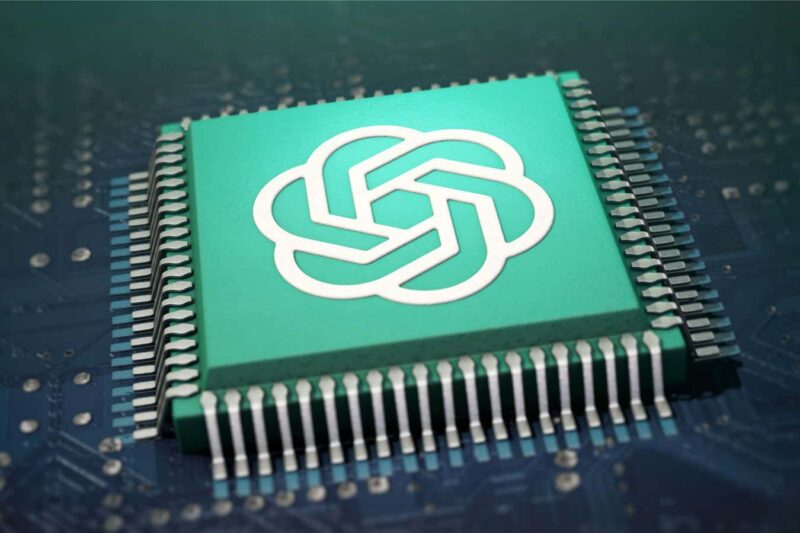The recent surge of interest in artificial intelligence has been fueled by the emergence of a new generation of chatbots powered by AI technology, which are capable of engaging in text-based conversations that closely resemble human interaction. This transformation took place with the introduction of ChatGPT by OpenAI. Almost overnight, millions of people gained access to an AI system that could produce remarkably fluent responses, leading to speculation about whether this could be a significant milestone in the development of AI.
The excitement surrounding these advancements has been immense. Researchers at Microsoft, who were given early access to GPT4, the latest version of the system underlying ChatGPT, have claimed that it has demonstrated glimpses of artificial general intelligence (AGI), a form of machine intelligence comparable to human intellectual ability. In fact, a Google engineer even controversially suggested that one of their AIs, known as LaMDA, possesses sentience. However, skeptics argue that these chatbots are still far from being as impressive as they appear.
To fully comprehend the nature of these new AI chatbots, it is important to understand how they function and the level to which they exhibit human-like thinking. At the core of these chatbots lies a large language model (LLM), which is a statistical model or a mathematical representation of data designed to predict the likelihood of certain word combinations.
LLMs are created by training deep neural networks, which are algorithms loosely inspired by the structure of the human brain, on vast amounts of text. These models learn intricate linguistic patterns by engaging in a simple game-like process.








